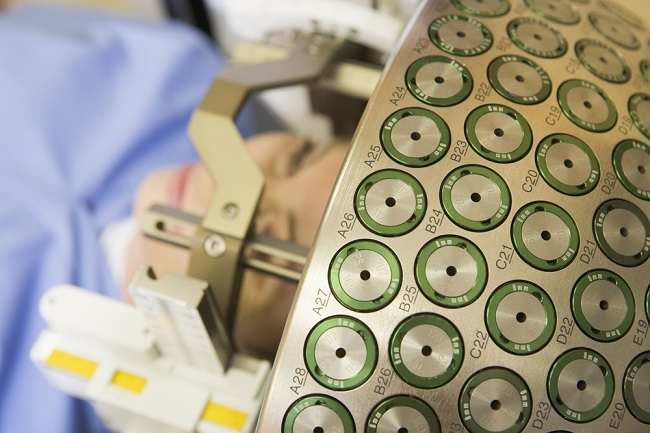Work in the office in a sitting position for hours can carries several health risks. However, don't worry, this possibility can be minimized with an ergonomic chair.
Often experience pain in the back to waist area due to sitting too long at work? The complaint may be influenced by your work chair which is not ergonomic. Ergonomic work chairs can support a sitting position with the appropriate height, so that the posture is correct and you can work comfortably.

Most Complained Symptoms
Chairs with the wrong size, shape, cushion and back material can pose various health risks. Including unbalanced weight support, excessive pressure on one point of the body, obstruction of blood circulation, and bad posture.
Symptoms that many office workers complain about are pain in the back, neck, shoulders, hands, wrists, and arms. This may be due to pressure and tension of muscles and nerves, because the body is in the same position for a long time and with the same movements repeated, so that these parts of the body are exhausted.
Pressure and tension can attack muscles, tendons (tissue that binds muscles to bones), nerves, joints, blood vessels, and the spine. Then these complaints can increase the risk of injury to the tendon (tendinopathy) or inflammation of the bearing part of the joint (bursitis).
If not treated properly, complaints and injuries from sitting too long can continue. This condition can cause long-term health problems. The risk increases when the worker has an illness or other condition, such as arthritis or emotional stress.
Criteria for the Right Seat
Office equipment, including ergonomic work chairs, can reduce the risk of headaches, eye fatigue, neck and back pain and prevent tendon and joint cushioning disorders.
There are several categories of ergonomic chairs that can support a more comfortable working position, namely:
- Sitting position
The seat and backrest should be able to support the correct sitting position. In addition, the chair should not be rigid so that the body can move easily. This will ensure that the body is properly supported in various positions. The seat portion of the chair should have proper cushioning with rounded or non-angular ends. This can reduce pressure on the back of the foot.
- Chair heightA sign that the seat height is correct is if all of the feet are on the floor and the back of the knee is slightly higher than the seat cushion. This position will avoid the possibility of obstructing blood circulation in the legs. If the back of the chair is not felt enough to support the spine, place a pillow as additional support for the back and waist area.
- Armrest The armrests on the chair should be able to support the arms while working and changing positions while working. If the armrest is too low or high, it has the potential to cause posture problems, pressure on the elbows, and lack of body support while working.
Don't let the wrong chair make you feel uncomfortable while working. Take advantage of an ergonomic chair to prevent health problems. Consult an orthopedic doctor, if you feel complaints that may be caused by sitting position at work.









